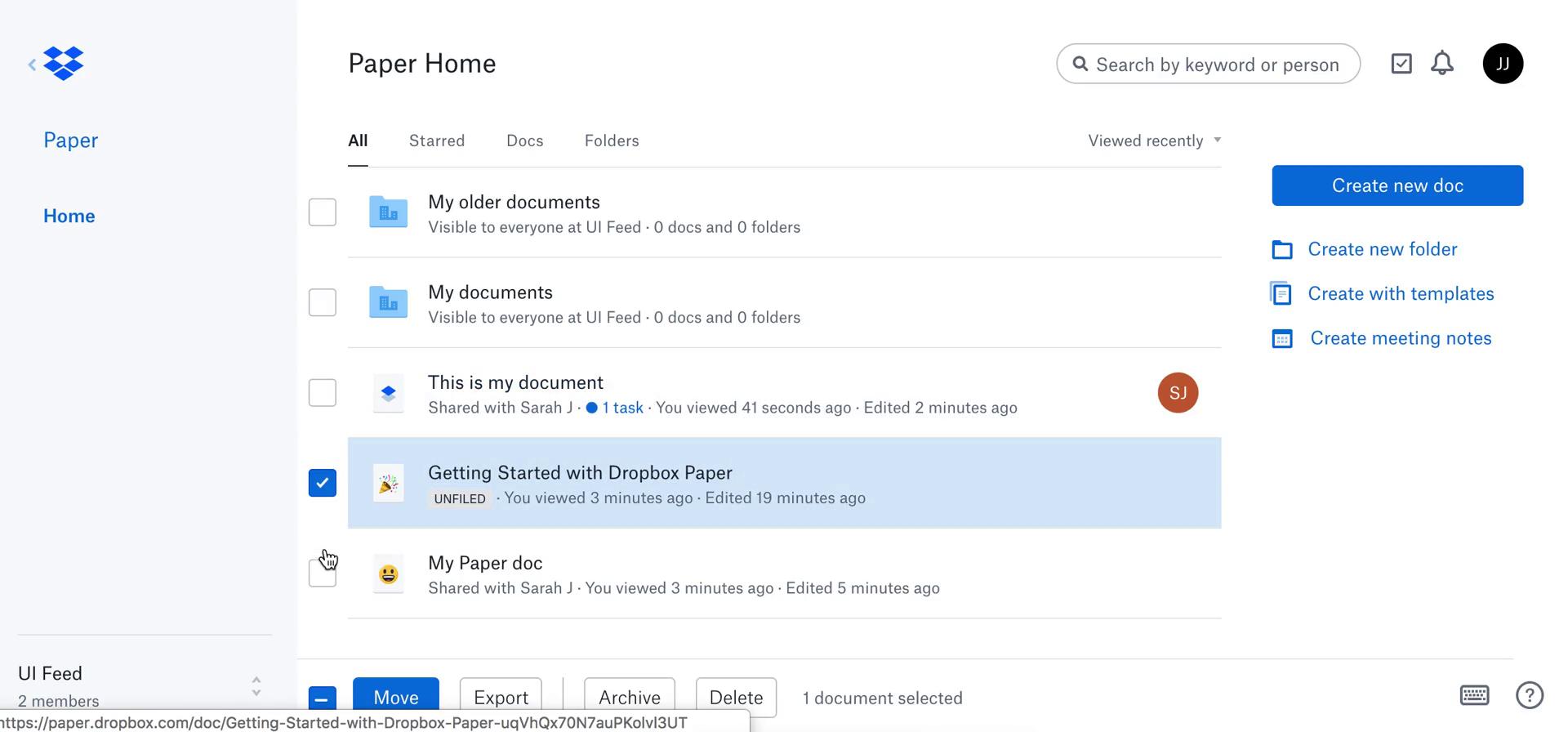

This way, you canīe sure that the website you’re on actually belongs to Dropbox.
DROPBOX PAPER LOGIN VERIFICATION
Verification of Dropbox, Inc before issuing the certificate. Means that the certificate authority (DigiCert, in this case) did an extensive As you can see in the screenshot, is protected by a DigiCertĮV (extended validation) SSL certificate and this certificate has been issued Should again go back to Dropbox’s list of official domains and then check if thisĪuthenticity of the website, you should also check the SSL certificate Dropbox Hides the until you double click in the address bar.) Passes the first security check, then you should check the links in the email:īrowser and check for “https” at the start of the URL. SPF/DKIM records, so spoofed emails will be let through. Official Dropbox domain as some email servers are not configured to check However, you should be cautious even if the email appears to be from an Is the email sent by someone you know? Is the email coming from Dropbox’s (or any service provider’s) list of official domains? This is the first thing you must check, and you should not proceed further if the email is not familiar and/or it’s been sent from a domain that’s not been mentioned in Dropbox’s list of its official domains.Įxperience, doing this one check will protect you from most email phishingĪttacks as hackers shouldn’t have access to Dropbox’s official domains. So, here’s how you can CATCH the PHISHersįirst of all, you should always check the email address of the sender. But with a bit of concentration and training, you can However, the silver lining here is that the

What do magicians and phishers have in common? Well, they both take advantage of our psychological limitations to distract us and make us look where they want us to.
DROPBOX PAPER LOGIN HOW TO
Phishers are a Poor Man’s Magicians: Here’s How to Catch Them In such cases, users are more likely to fall for it as they’re trained to look for that secure padlock. Theįake Dropbox URL looks like No, the previous sentence doesn’t contain any technical error it’s a fact that most phishing websites feature HTTPS now. If an SSLĬertificate protects a website, it will look like this: name).com/. It has HTTPS in the link text, but not as the protocol. So, the link that you’re being redirected to isn’t an

Some Dropbox scammers are carefully pickingįor example, they will include common keywords such as “Microsoftonline” or “Dropbox” in the domain or subdomain to make it look like a genuine domain: Scam to the next level… Check URLs Carefully - Even If They Include “Dropbox” Once you click the link, the URL takes you to a web page that looks almostĮxactly like an actual Dropbox login page. That the from email address and the embedded link are clearly not Dropbox.Įmail (as many of us do), it’s easy to fall for this Dropbox phishing scam. This as the sender name and the email style make it look like an actual Dropbox This phish email has “Dropbox” as its sender’s name. Here’s a pretty simple example: Check the “From” Details Carefully TheseĪre links to Dropbox’s Terms of Service, Privacy Policy, and Help Center. These emails include actual links to Dropbox in the footer of the email. The email looks a lot like an official DropboxĮmail and has a link to access the document. This is how it all starts: You receive anĮmail (either text or HTML-based) from a person saying they have shared an And therefore, you need to know about it. Much attention recently, but even after a year, attackers are still targeting Year ago and made headlines in many popular publications. The Dropbox phishing scam surfaced around a Time after time, they come up with new ways that help them achieve exactly what they want and make them “successful.” The Dropbox phishing scam is a perfect illustration of this. Phishers might be predictable in going after big names but it’s the unpredictability in their approaches that makes them tick.

I’m saying obvious because they target the most widely used services/platforms and lots of users know what they’re up to - not just security professionals, but many ordinary users know about these phishing scams and what to look for. It’s funny how hackers, phishers, and scamsters can be blatantly obvious and inexplicably unpredictable at the same time. In Hashing Out Cyber Security Hackers use familiar brands like Dropbox to steal login


 0 kommentar(er)
0 kommentar(er)
